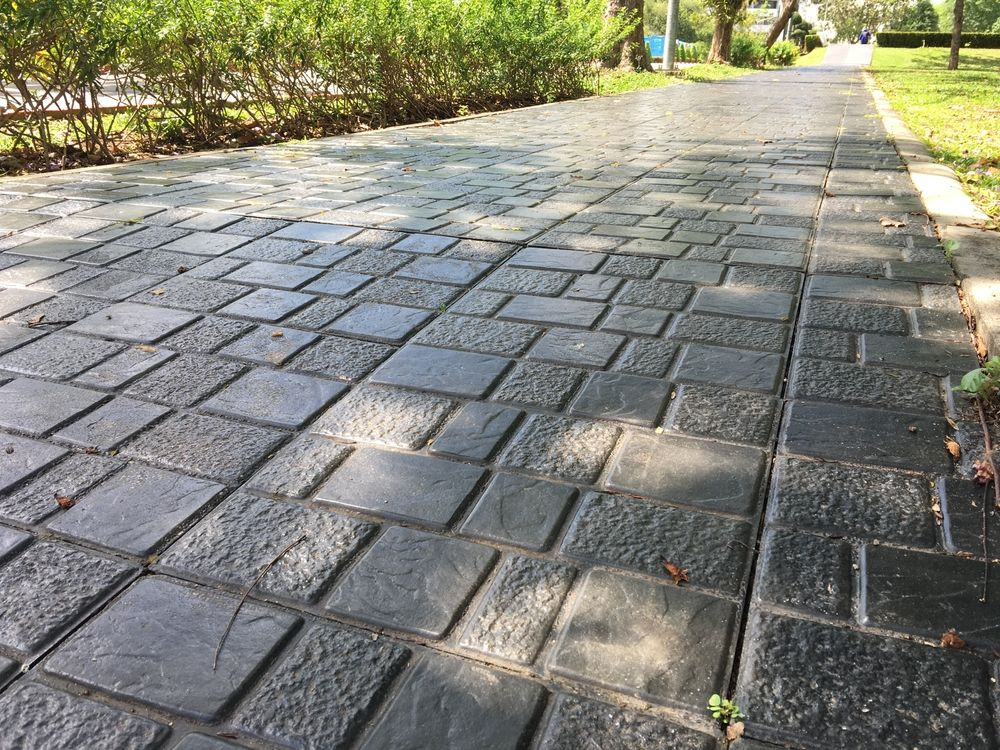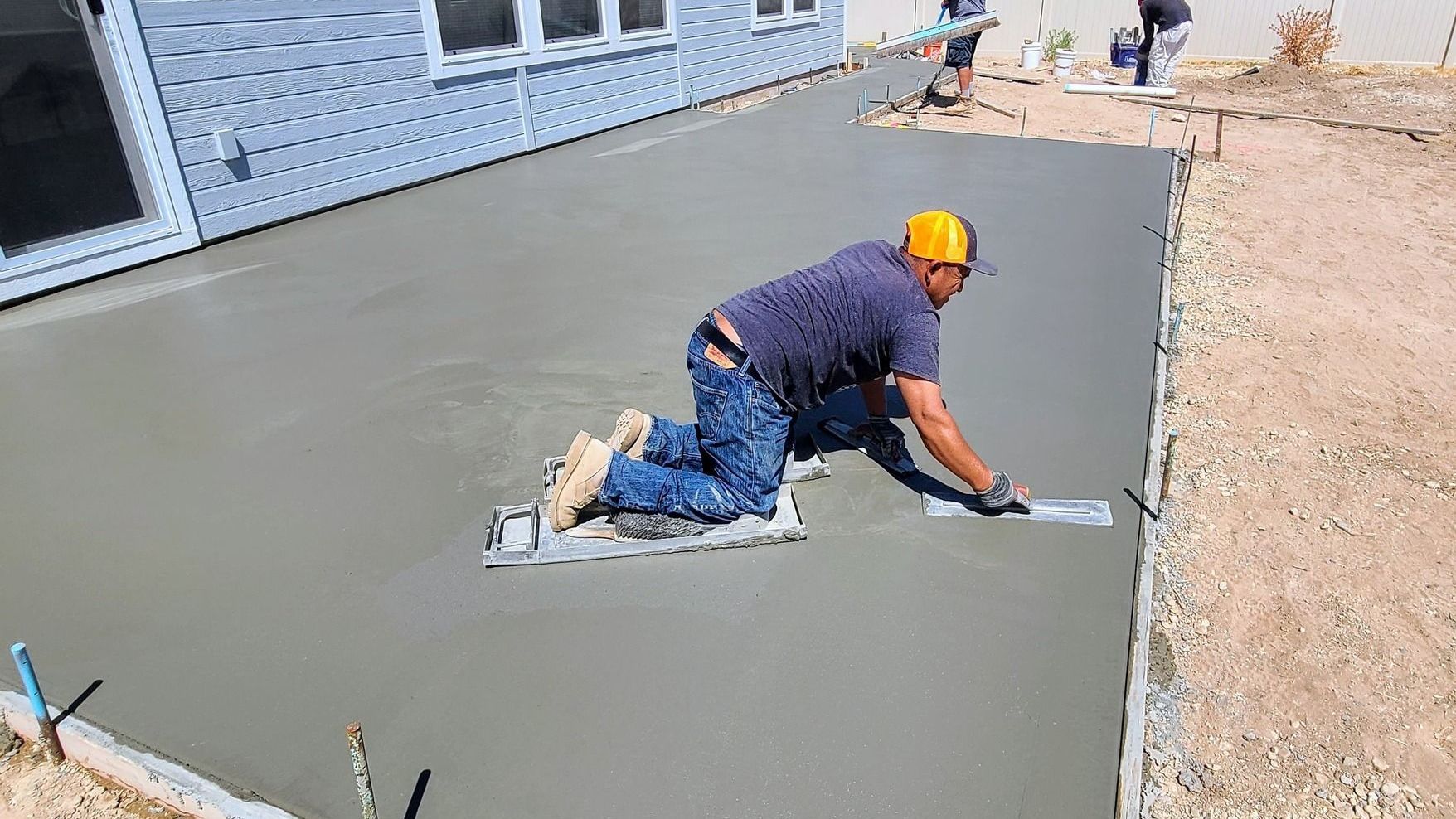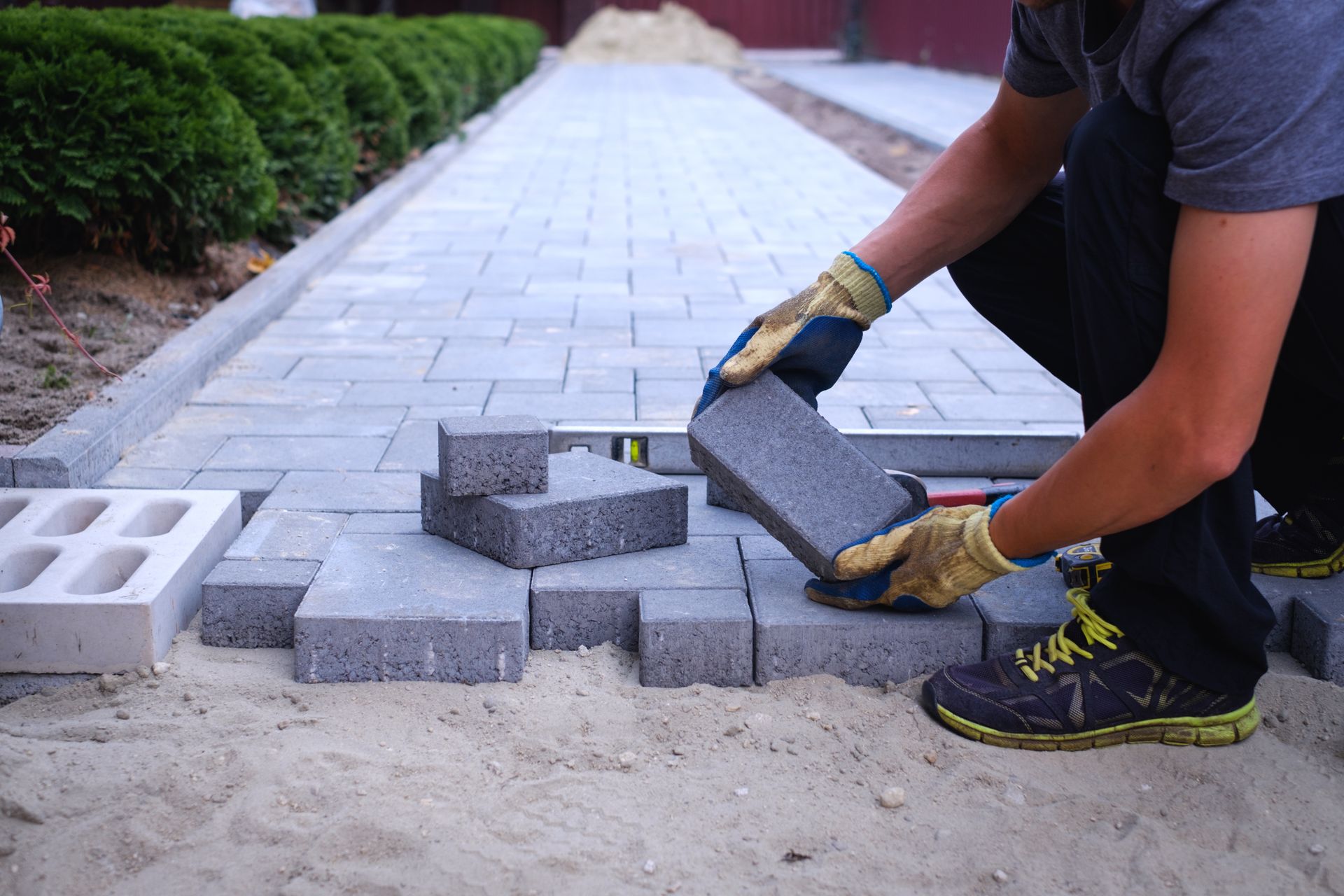Paving for Utah Weather: What Works in Eagle MT

Utah’s weather can be unpredictable—especially in Eagle Mountain, where cold winters, hot summers, and sudden storms make paving a unique challenge. If your paving materials or installation process aren’t built for this climate, you’ll end up with cracks, potholes, drainage issues, and repairs far too soon.
The good news? There are proven paving methods and materials that stand up to the extremes of Utah weather. Whether you’re planning a new driveway, walkway, patio, or parking area, here’s what you need to know to get it done right.
Understand the Local Conditions
Eagle Mt experiences dramatic temperature swings, snow in the winter, and UV-heavy summers. Add in clay-heavy soil and elevation changes, and you’ve got a paving situation that needs special attention.
That’s why materials need to be selected carefully, and installation needs to be precise. No cutting corners.
Best Materials for Utah Paving Projects
Concrete
Concrete is a strong and reliable choice—but it needs to be air-entrained to handle freeze-thaw cycles. Proper base prep and control joints are also key to prevent cracking.
Stamped and colored concrete can give your space style without sacrificing performance, but it must be sealed to protect from UV and deicing chemicals.
Asphalt
Asphalt is more flexible than concrete, which helps in areas with expanding and contracting soil. It's quick to install, cost-effective, and easier to repair. However, it may require resealing every 3–5 years to stay in good shape.
Pavers
Interlocking pavers are great for walkways, patios, and driveways. They handle temperature changes well and offer easy maintenance. The key is a well-compacted gravel base and proper edge restraint.
Gravel
Gravel works well for rural properties, driveways, and drainage paths. It’s affordable and flexible but does need periodic replenishing and grading.
Proper Base Preparation is Critical
Regardless of the material, base prep makes or breaks your paving job. Utah’s soil often contains clay, which can swell and shift with moisture.
We recommend:
- Removing soft or organic soil layers
- Adding a thick layer of compacted gravel (4–8 inches)
- Installing geotextile fabric where needed for stability
This helps prevent heaving, rutting, and settlement over time.
Drainage Should Never Be an Afterthought
Standing water is the enemy of paved surfaces. We design our slopes, edges, and transitions to keep water moving away from your slab or surface. For large areas, perimeter drains and drywells may be necessary.
In freeze-thaw regions, moisture beneath the surface leads to expansion and cracking. Drainage is your first line of defense.
Finishing Touches That Matter
For paving to last in Eagle Mt, the details count:
- Control Joints: Reduce stress and direct cracking in concrete
- Sealing: Helps asphalt and concrete resist moisture and sunlight
- Borders and Edging: Keep pavers or gravel in place
- Anti-slip textures: Important for sloped areas or high foot traffic zones
Even the best material won’t last without good finishing practices.
Maintenance Tips to Extend Lifespan
Utah weather takes a toll, so upkeep is essential:
- Seal concrete and asphalt every few years
- Refill paver joints with sand as needed
- Grade and replenish gravel areas annually
- Clear snow with plastic shovels to avoid surface damage
A little maintenance goes a long way in keeping paved areas safe and functional year-round.
Build It Right for Utah Weather
If you're paving in Eagle Mt, you need more than just strong materials—you need smart planning, skilled installers, and a climate-aware approach.
Work with pros who understand what lasts in Utah. Reach out today to get your paving project started the right way.
FAQs About Paving in Eagle Mt.
Is concrete or asphalt better for Utah winters?
Both work if installed correctly, but concrete with air entrainment is more resistant to freeze-thaw. Asphalt is easier to repair.
How long does paving last in this climate?
With proper installation and care, concrete can last 25–30 years. Asphalt lasts 15–20 years with routine sealing.
Do I need a permit for a new driveway or patio?
It depends on your project size and HOA requirements. Always check local codes before starting work.
What paving option is lowest maintenance?
Pavers are easy to replace if damaged. Sealed concrete requires little upkeep. Gravel needs the most ongoing care.
Can paving be done in winter?
It’s possible, but not ideal. Cold temps slow curing and compaction. Spring through fall is best.



